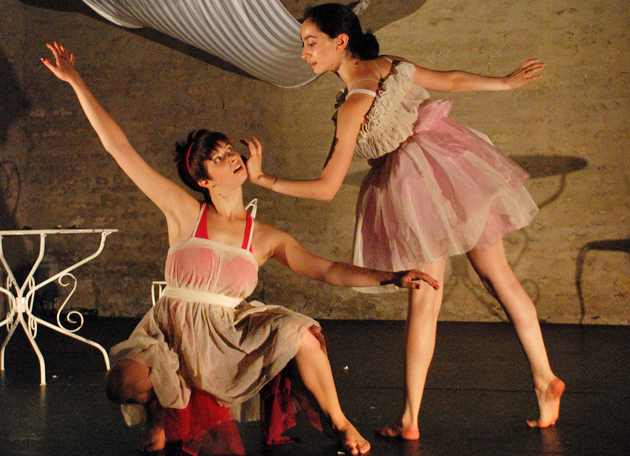
Liz Claire, AB ’95, was an undergraduate history and literature major with a half-formed plan for graduate school when she attended a dance performance on campus. The artist was David Dorfman, AB ’77, a one-time business student who had made his career in dance. On this evening, he was performing solo — a wrenching, passionate piece about identity and loss that seemed to Claire like “movement poetry.” At one point, the audience was supposed to throw Ping-Pong balls at Dorfman as he tried to protect himself, but Claire could not bear to do it.
“The performance blew me out of the water; I’d never seen anything like it, and I was curious to discover what this art form was all about,” says Claire, now a researcher at the Centre nationale de la recherche scientifique in Paris. “But I was also shocked that people, even in mock violence, could aim a ball at someone who had just revealed himself as a vulnerable man. I went up to him afterward, with tears in my eyes, and returned the ball to him, telling him how touched I was by what he had done.”
And that’s when Claire re-routed her life: winning a 1994 Bemis Summer Research Scholarship that sent her to Paris for the first time, beginning a dance career of her own that took her on tour to Europe and South America, earning a PhD in performance studies from New York University, and undertaking collaborative ventures with Dorfman. Another outcome? A five-week summer program sponsored by the Washington University Performing Arts Department — Movement Arts and Design in Europe (or MADE in France) — which Claire devised and now directs so that other students can have life-changing experiences like hers in dance, costume design and choreography.
“I had collaborated on small projects before but learning to sacrifice a piece of myself within the group was very different,” says Paszkiewicz. “Overall, I think I learned how to be more forgiving, accepting and open-minded to others’ ideas.”
Since 2008, 18 students a year — some from Washington University; some from Connecticut College, where Dorfman teaches; others from universities around the country — have taken part in the MADE in France program. One was Anna Paszkiewicz, a Washington University senior and dance major, who found her 2010 experience richly exciting and stimulating.
“The collaboration part was huge for me,” says Paszkiewicz, who plans a career in dance and choreography. “I had collaborated on small projects before but learning to sacrifice a piece of myself within the group was very different. Overall, I think I learned how to be more forgiving, accepting and open-minded to others’ ideas.”
Whether a student is interested in costume design or in dance, the summer is worthwhile, says Bonnie Kruger, Washington University professor of the practice in drama and costume director, who has taught in three MADE in France programs. Budding designers take dance classes in which they see what it is like to move in certain costumes; the dancers in the group learn about design, which may be useful if they join smaller companies and help to create their own costumes.
“I hear the same comments over and over from these students: ‘I’ve never perceived design in this way,’” Kruger says. “They all start to look at design and dance in a new light.”
Taking part in the program
The month-long experience begins with a 12-day stint in Paris, where students do field research and see performances. Each year, Claire and her faculty — Americans, such as Kruger, Dorfman and David Marchant, Washington University professor of the practice; along with European guest artists — choose a theme for the program. In 2011, it was “recycling,” so students visited museums to see how other artists had used recycling to renew their art. In 2012, the program will focus on the burgeoning art of dance for camera, collaborating directly with French filmmakers while learning to design dance for film.
Next, the group moves on to rural Burgundy and an artists’ retreat center near the tiny town of Mélisey. The owners of Champs Mélisey (www.champsmelisey.com) are Henri Ogier and Dominique Montain, artists themselves, who first recruited Claire in 2004 to their dance company, Au Cul du Loup. Eight years ago, they bought a sprawling farm and transformed it into this center with bedroom, dining, studio and theater space.
At the center, mornings begin at 8 in a strange but effective way. Ogier stands outside and blows into a makeshift trumpet, which he created by attaching a mouthpiece to the telescopic portion of a fishing rod. As the resulting blast rousts out the students, Montain serves a sumptuous breakfast. “One of my memories is the food — the most amazing you’ll ever eat in your whole life,” says Sally Wippman, AB ’11, who was there in 2009.
“The program makes me think and feel on a really high level,” says Dorfman, whose internationally renowned company is David Dorfman Dance. “That’s why I’m so committed to it.”
Mornings are devoted to technique class, often led by Dorfman, to warm up students’ bodies for creative work later. After lunch, the group moves into master classes with European artists (designers, choreographers, musicians), along with workshops led by Kruger in costume design. Working in teams, they spend part of each day preparing their final, end-of-program performance.
“The program makes me think and feel on a really high level,” says Dorfman, whose internationally renowned company is David Dorfman Dance. “That’s why I’m so committed to it. As director, Liz is tenaciously gracious, encouraging and demanding — and the students grow so much.”
Favorite memories
The Paris part of the trip was “all about inspiration,” recalls Wippman, now a choreographer in Chicago. At the Paris Opéra, they were thrilled to have a special, behind-the-scenes tour of the opera library, including antique drawings showing costumes and scenes designed 250 years ago. Today, that kind of experience has stimulated her, she says, to seek “a deep research basis for my work.”
Also in Paris, students pick up objects that they will use in Mélisey. At a Paris flea market, remembers Kruger, one team found a packet of love letters exchanged during World War II. Their final performance, complete with 1940s-era costumes, touched the audience, a loyal group of area residents, as they came to understand the poignant underpinnings of the students’ dance.
Some moments of creativity take place outside of class. One day, two students were celebrating their birthday; the group had just finished eating and was waiting for dessert. Suddenly, a couple of students began clinking spoons on their cups, others started chanting, and soon they had created a makeshift song. At that point, Ogier walked in with a birthday cake, picked up a teapot, and trumpeted “Happy Birthday” through its spout.
“Every year I think, ‘This is my favorite performance,’” says Claire. “But it happens every year. Now I’ve come to realize it’s just that our students do such really great work.”
But the dance performances are particularly memorable. One student, says Claire, was struck by a painting he saw in the Pompidou Center, an absurdist depiction of the Adam and Eve story. Brandon Hyzy, a student from Purdue University, recycled that depiction in dance, even building a tree with an apple on it that moved in relation to his dancing.
“Every year I think, ‘This is my favorite performance,’” says Claire, whose husband, opera singer Marcos Pujol, also assists with the program. (Next year, their new baby will be in residence as well.) “But it happens every year. Now I’ve come to realize it’s just that our students do such really great work.”
Candace O’Connor is a freelance writer based in St. Louis.
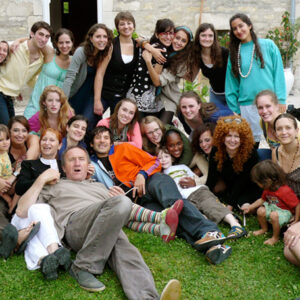
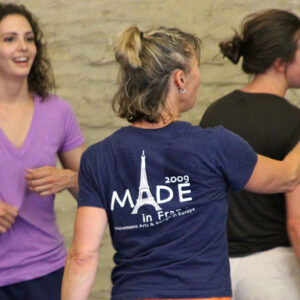
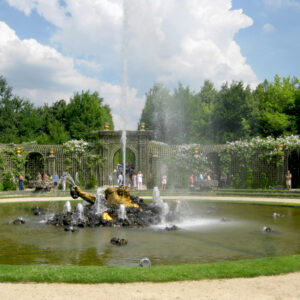
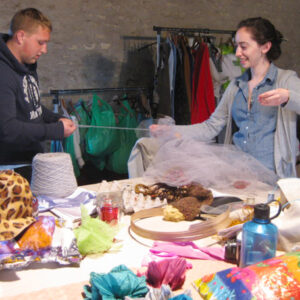
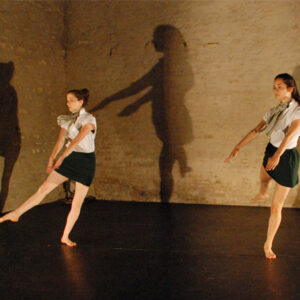
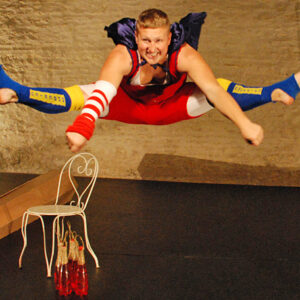
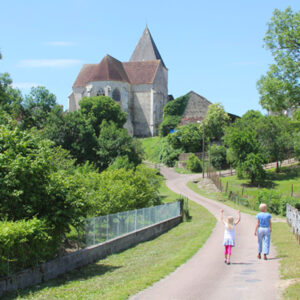
Comments and respectful dialogue are encouraged, but content will be moderated. Please, no personal attacks, obscenity or profanity, selling of commercial products, or endorsements of political candidates or positions. We reserve the right to remove any inappropriate comments. We also cannot address individual medical concerns or provide medical advice in this forum.